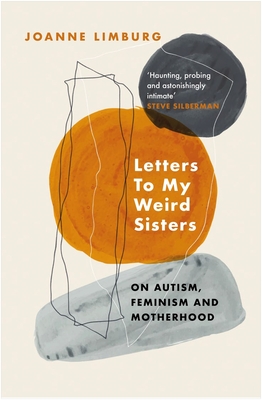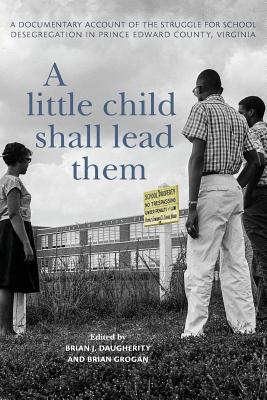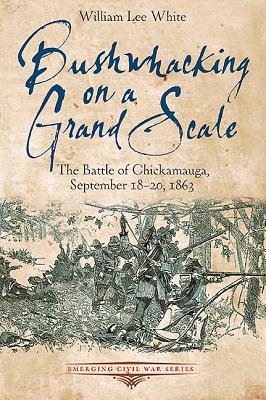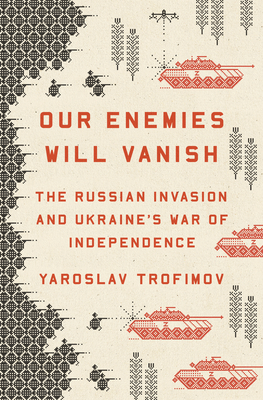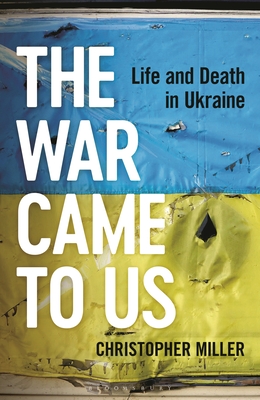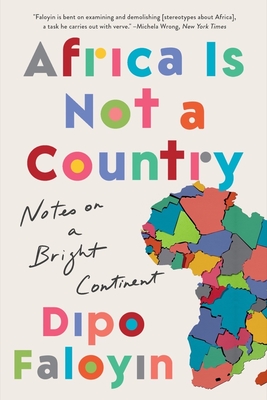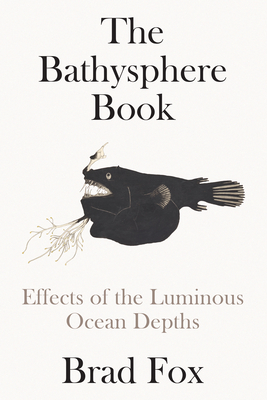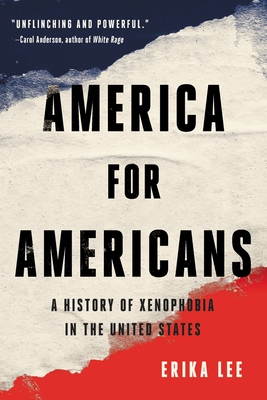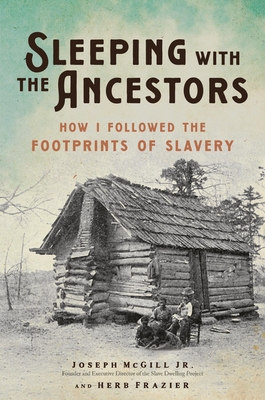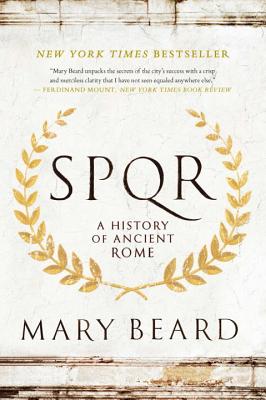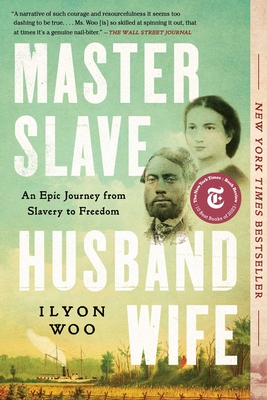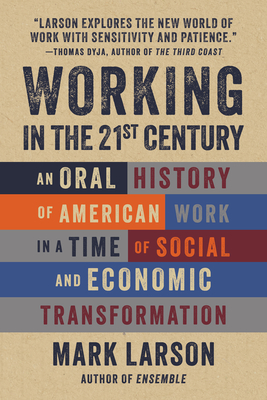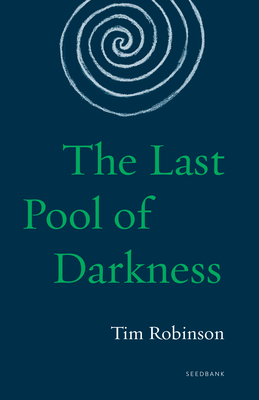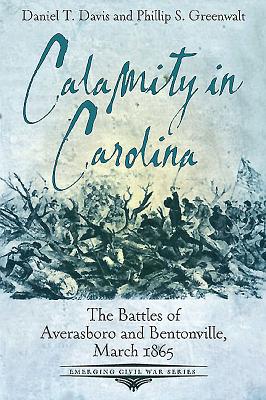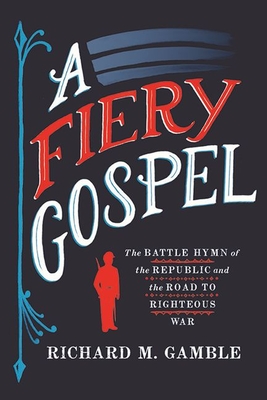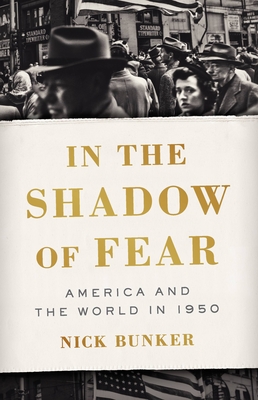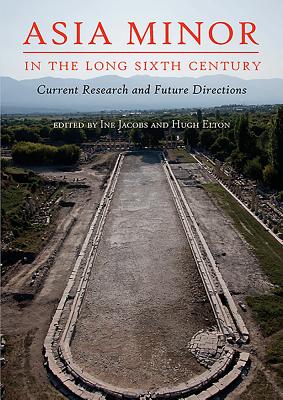
Asia Minor in the Long Sixth Century: Current Research and Future Directions
Description
Asia Minor is considered to have been a fairly prosperous region in Late Antiquity. It was rarely disturbed by external invasions and remained largely untouched by the continuous Roman-Persian conflict until very late in the period, was apparently well connected to the flourishing Mediterranean economy and, as the region closest to Constantinople, is assumed to have played an important part in the provisioning of the imperial capital and the imperial armies. When exactly this prosperity came to an end - the late sixth century, the early, middle or even later seventh century - remains a matter of debate. Likewise, the impact of factors such as the dust veil event of 536, the impact of the bubonic plague that made its first appearance in AD 541/542, the costs and consequences of Justinian's wars, the Persian attacks of the early seventh century and, eventually the Arab incursions of around the middle of the seventh century, remains controversial.
The more general living conditions in both cities and countryside have long been neglected. The majority of the population, however, did not live in urban but in rural contexts. Yet the countryside only found its proper place in regional overviews in the last two decades, thanks to an increasing number of regional surveys in combination with a more refined pottery chronology. Our growing understanding of networks of villages and hamlets is very likely to influence the appreciation of the last decades of Late Antiquity drastically. Indeed, it would seem that the sixth century in particular is characterized not only by a ruralization of cities, but also by the extension and flourishing of villages in Asia Minor, the Roman Near East, and Egypt.
This volume's series of themes include the physical development of large and small settlements, their financial situation, and the proportion of public and private investment. Imperial, provincial, and local initiatives in city and countryside are compared and the main motivations examined, including civic or personal pride, military incentives, and religious stimuli. The evidence presented will be used to form opinions on the impact of the plague on living circumstances in the sixth century and to evaluate the significance of the Justinianic period.


